
| Specifications |
| Publisher: MOTILAL BANARSIDASS PUBLISHERS PVT. LTD. | |
| Author: Charless Breaux | |
| Language: ENGLISH | |
| Pages: 254 | |
| Cover: PAPERBACK | |
| 8.50 X 5.50 inch | |
| Weight 360 gm | |
| Edition: 1998 | |
| ISBN: 9788120814547 | |
| NAT846 |
| Delivery and Return Policies |
| Returns and Exchanges accepted within 7 days | |
| Free Delivery |
"A Jungian therapist and a Tibetan lama perform-a similar ser-vice for their respective clients and students. Both are veterans of the inner journey who guide us through the perils and pit-falls, if we cooperate, on our quest for healing and wholeness." The author introduces the Tantric methods of Tibetan Bud dhism and draws correlations between this practice and the teachings of Carl Jung. In a clear, concise style, Breaux points out how many psychological truths are woven into the fabric of the Tantric doctrine. The language of the Tantra is visionary-abounding in symbols and metaphors produced spontaneously in the meditations of ancient yogis. At the heart of tantra is the experience of a divine power within the human being that can be awakened. The format of the book begins in the root chakra and follows the path of your psychological and spiritual continuum up through the chakras. Each cIppter includes a meditation practice employing Tibetan Tantric Deities and procedures. Although not a substitute for a gepuine Tantric teacher, the book will enable readers to experience the Tantra through suggested meditation. You enter the light within when you step outside of your own shadow. The basic drive to remember your essential nature surges beneath all your fears, desires and pre-conceptions. Although they approach this process from oppo-site sides of the world, both Tantra ?trid Jungian psychology aspire to fathom this mysterious process and create the necessary conditions so spiritual transformation can occun
When I was a teenager I bought my first book on yoga. In it was a picture of a meditating yogi with seven lotuses along his spine. The author mentioned a mysterious force (Kundalini) that rose up through the lotuses (chakras), and told of animals and strange deities that supposedly dwelled in these various chakras. These exotic images intrigued me, seeming to evoke ancient memories that I couldn't quite recall. My rational mind was left puzzling over the meaning of this strange Eastern "yoga." In college I began to read Theosophical literature.
Leadbeater's book on the chakras, though very interesting, still left me confused as to how knowledge of the chakras could be useful to me. Many years have passed and information about the chakras is commonplace in New Age circles, but no less confusing. Various authors and teachers, though convincingly dogmatic, are at odds as to the meaning and functions of the chakras. For instance, there are many discrepancies between the combinations of organs, endocrine glands, musical notes, colors and meanings attributed to the chakras, not to mention numerous cure-all techniques for balancing and clearing the chakras. In this book I want to help lay a foundation for a practical psychological understanding of the chakras. Toward this end I ill elaborate on the historical and philosophical context of Tantra, the native ground of the chakra system, and demonstrate how complementary it and Jungian psychology are. To begin, I would like to briefly share some of my experiences and background. After graduating from college, where I studied psychology, philosophy, and world religions, my youthful idealism convinced me to pursue enlightenment-the only worthwhile goal. I became a modern-day recluse. A three-year period of seclusion and intense meditation resulted in an experience of the awakening of kundalini. For several days and nights a flaming pain burned in my pelvis and lower abdomen. Finally it moved up my spine and out the top of my head leaving me in a state of rapture for several weeks. I had expected to be transformed into some magical "enlightened" being, instead I found myself only at the beginning of an incredible journey.
This first encounter with kundalini stimulated the opening of clairvoyant and healing abilities. A year or so later, severe digestive problems, incurable with medical help, forced me to employ these abilities in order to heal myself. I then began working with others, and later taught classes in psychic awareness and healing. During this time I did a lot of experimenting with methods for working with the chakras. My background in psychology helped me to organize and interpret the psychic impressions I was seeing in the aura and chakras. I found Jungian psychology especially pertinent.
One auspicious day, a friend introduced me to Tibetan Tantra and I was allowed to attend a small private ceremony for the advanced students of Gyalwa Karmapa, the 16th incarnation of the head of the Kagyu lineage of Tibetan Buddhism. In this ceremony Karmapa placed a black crown on his head and trans-mitted a powerful spiritual force. I had a very profound experience and was inspired to follow Karmapa around the West Coast receiving instructions and initiations. In the years that followed, I studied at the feet of several other lamas and attended various meditation retreats. As I learned more about Tantra, I realizedthat many of the methods that I had intuitively developed to work with the chakras were very similar to Tantra. In the spring of '81 I was once again embraced by the god-dess Kundalini. Over a period of several months I had numerous encounters with her and experienced a series of Tantric initiations while in meditation. I also relived several lifetimes as a yogi and as a lama, giving me more insight into Tantra and why I was so fascinated by it. Essentially, Tantra is concerned with our relationship to the primordial nature of the cosmos. How is it crystallized, or other-wise obscured, in the body-mind-soul? How are we transformed when it is released from its entrapment by the tendency to form an individual sense of identity? Are we and it the same thing? How do we find the answers to these questions? Gautama Bud-dha tied six knots in a silk handkerchief and asked a disciple how they could be undone. By tying the six knots, Buddha was showing how our individual identities are bound together by the knots of the ego self in each of the lower six chakras.
He taught that we must untie them in the reverse order from which they were tied. There is a commonly held belief that the awakening of Kundalini, occurring as the knots are loosened, is synonymous with reaching enlightenment. I must say it is not so easy. In fact, if we are not diligent in integrating the increased emergence of unconscious contents and karmic patterns, we may very well be cast mercilessly into a real live nightmare. Carl Jung, in Aspects of the Feminine, indeed advises us to let sleeping dogs lie because the perilous journey into the unconscious is neither useful or necessary until we are driven to it out of necessity. He says that the fear of our inner side is sometimes a healthy one, because once we enter into its mysteries the scientific and moral standards of our "known" world erode from beneath our feet. He goes on to show how deeply set this fear of the inner world is by suggesting that it caused the primitive mind to create religious ideas and practices, and to empower the shaman and priest to protect us form it.
**Contents and Sample Pages**
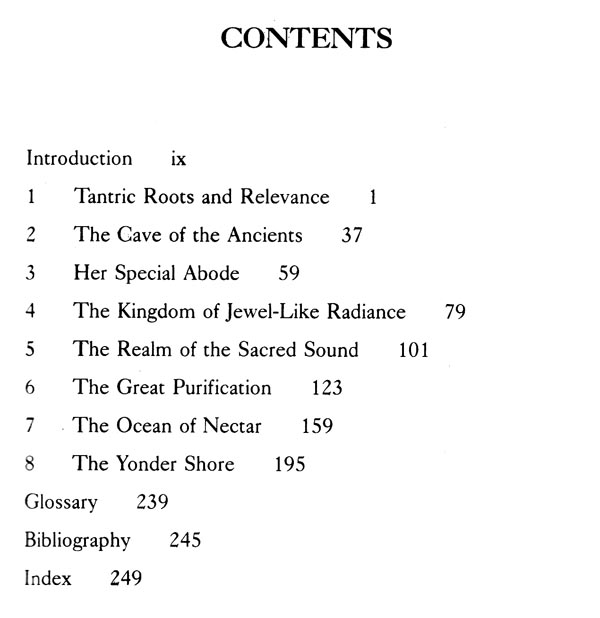
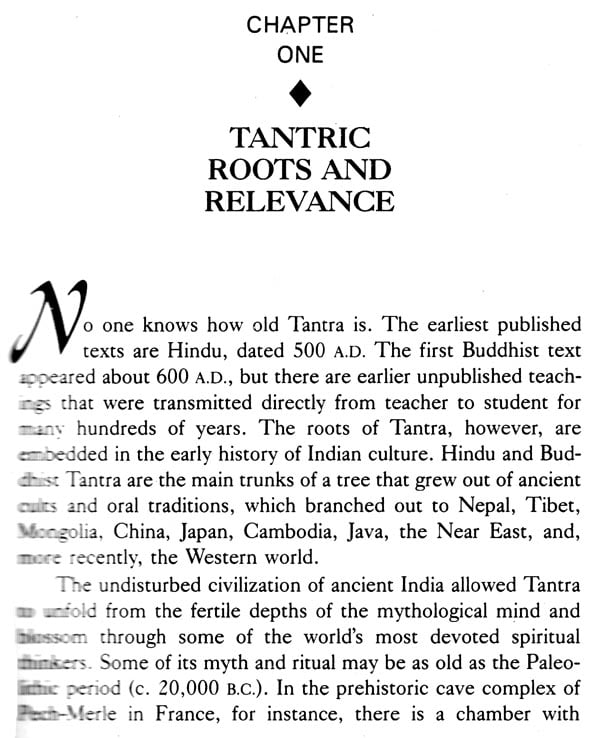
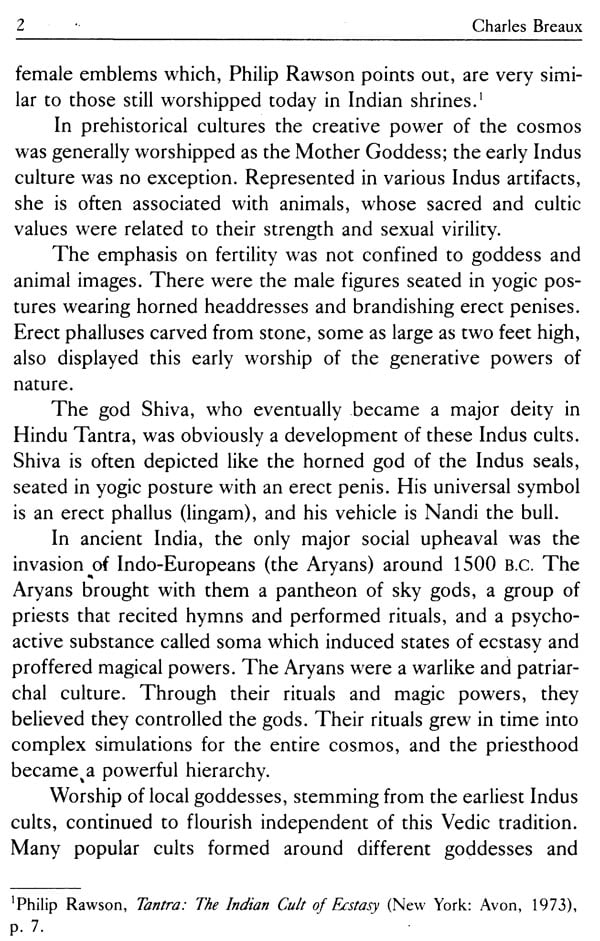
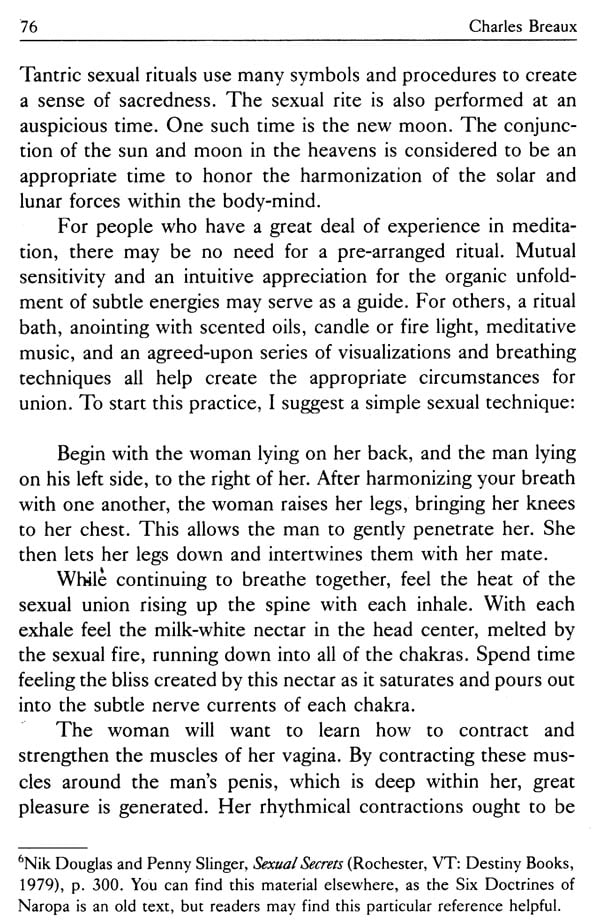

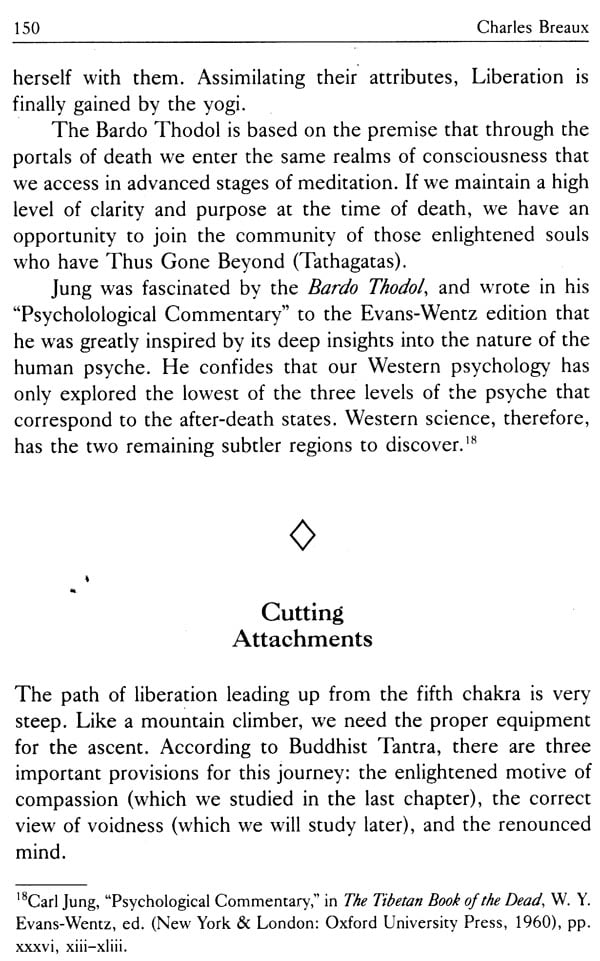
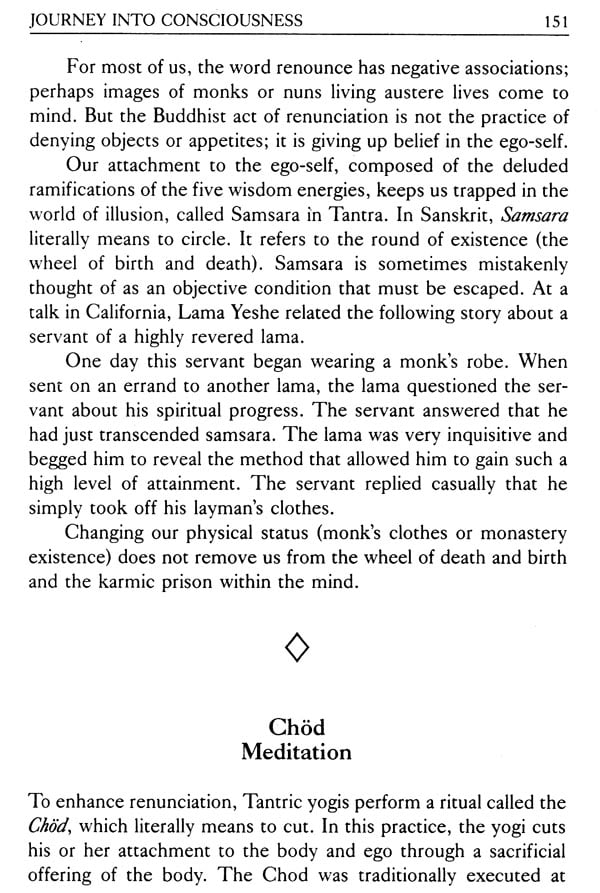
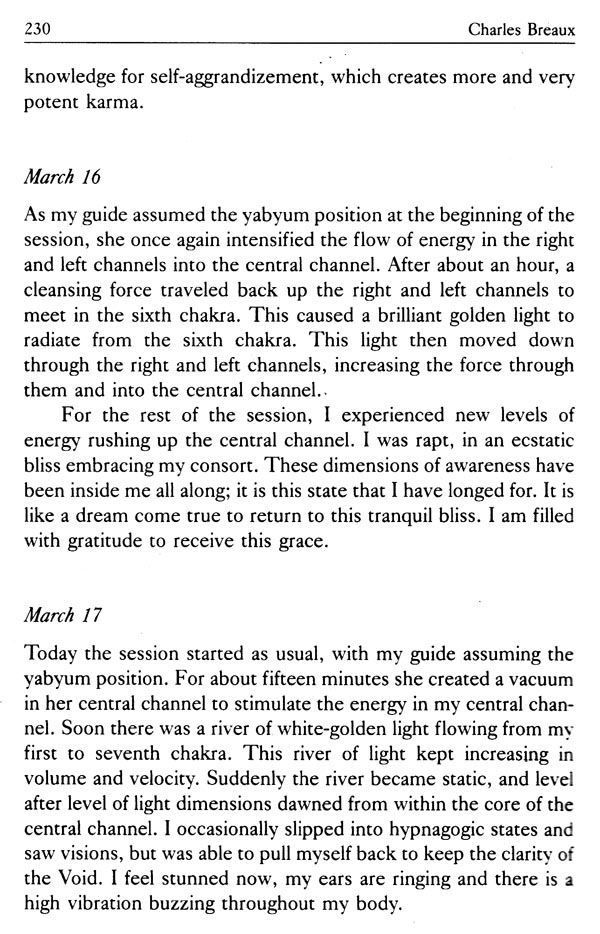
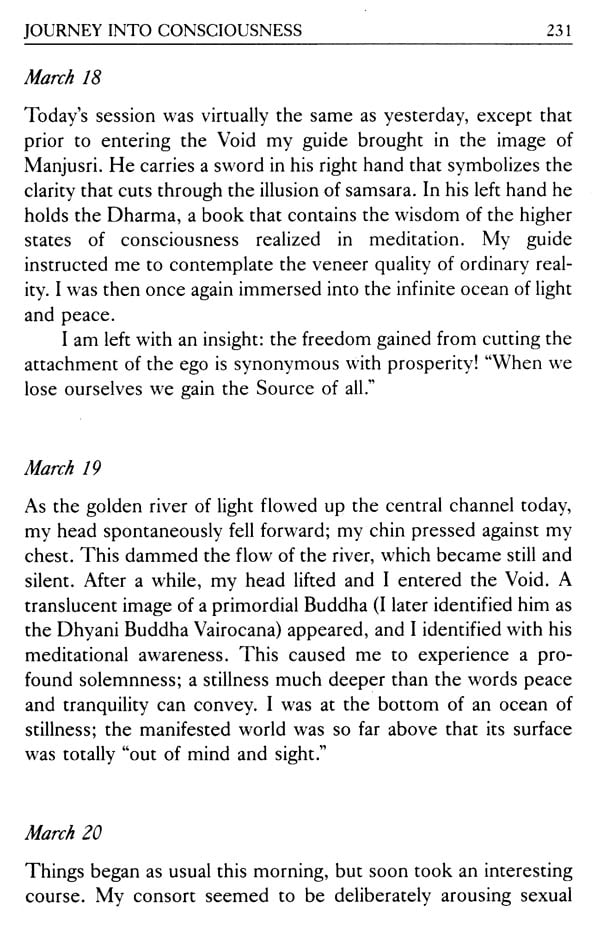
Send as free online greeting card
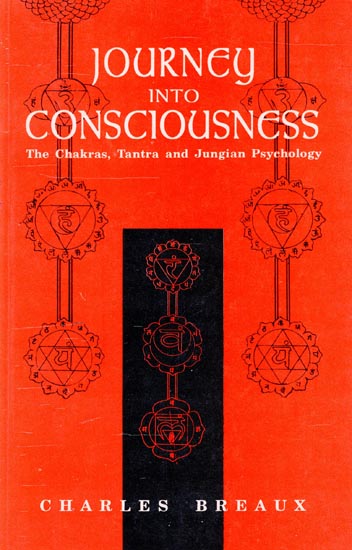
Visual Search